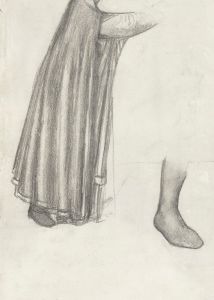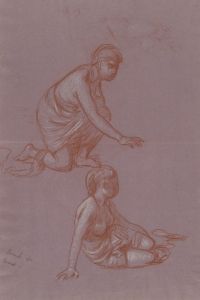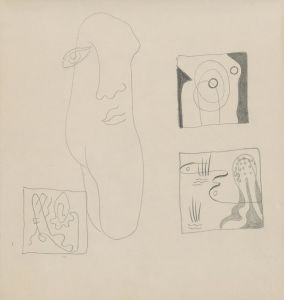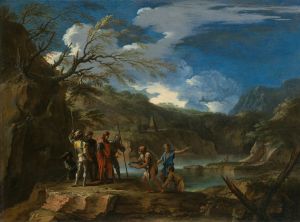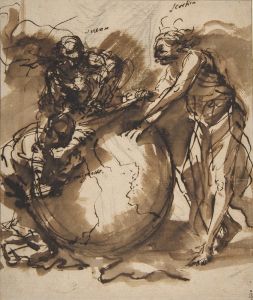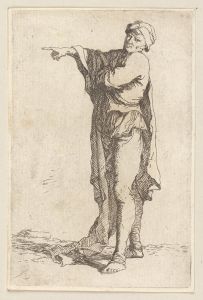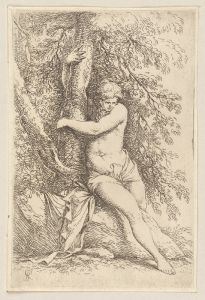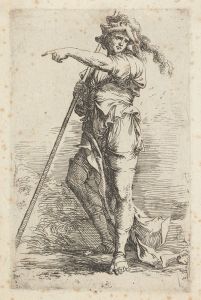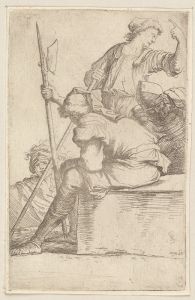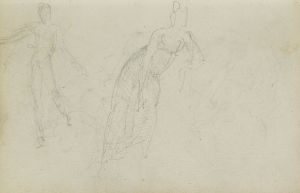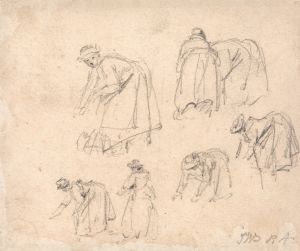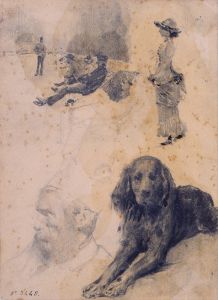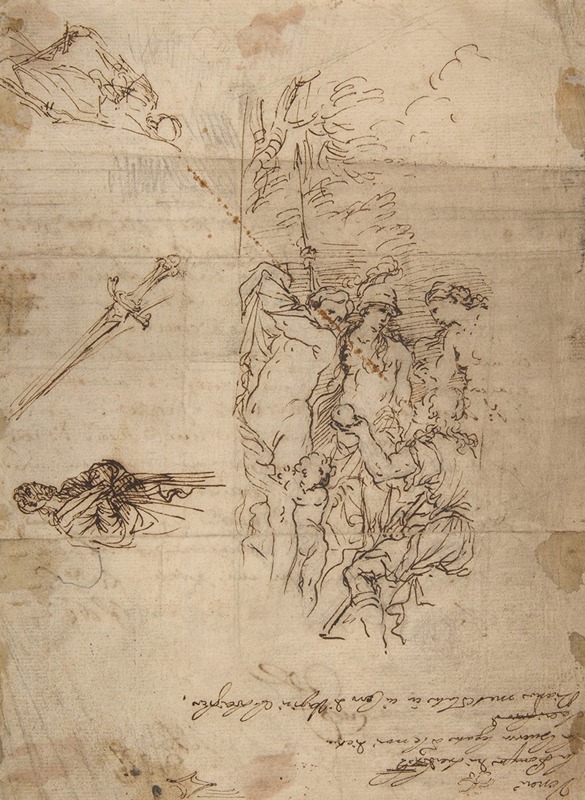
Study for a Judgment of Paris and Other Figure Studies
A hand-painted replica of Salvator Rosa’s masterpiece Study for a Judgment of Paris and Other Figure Studies, meticulously crafted by professional artists to capture the true essence of the original. Each piece is created with museum-quality canvas and rare mineral pigments, carefully painted by experienced artists with delicate brushstrokes and rich, layered colors to perfectly recreate the texture of the original artwork. Unlike machine-printed reproductions, this hand-painted version brings the painting to life, infused with the artist’s emotions and skill in every stroke. Whether for personal collection or home decoration, it instantly elevates the artistic atmosphere of any space.
"Study for a Judgment of Paris and Other Figure Studies" is a drawing by the Italian Baroque painter and printmaker Salvator Rosa (1615–1673). Rosa was known for his unorthodox and rebellious approach to art, often diverging from the classical norms of his time. He was a versatile artist, producing works that ranged from landscapes and marine scenes to portraits and historical paintings. Rosa's work is characterized by its dramatic intensity, dark romanticism, and a penchant for the sublime and the grotesque.
The drawing "Study for a Judgment of Paris and Other Figure Studies" is a preparatory work that showcases Rosa's skill in figure drawing and composition. The Judgment of Paris is a mythological event that has been a popular subject in Western art. It involves the story of Paris, a prince of Troy, who is asked to judge which of the three goddesses—Hera, Athena, or Aphrodite—is the fairest. Each goddess offers Paris a bribe: Hera offers power, Athena offers wisdom and skill in war, and Aphrodite offers the love of the most beautiful woman in the world, Helen of Sparta. Paris ultimately awards the golden apple to Aphrodite, leading to the events that spark the Trojan War.
Rosa's study likely includes preliminary sketches of the figures involved in this mythological scene. These studies would have been used to plan the composition, poses, and interactions of the characters in a more finished painting or etching. The drawing may also include other figure studies, which could be unrelated sketches of human forms, demonstrating Rosa's continuous practice and exploration of human anatomy and movement.
As a preparatory work, "Study for a Judgment of Paris and Other Figure Studies" provides insight into Rosa's creative process. It reveals how he developed his ideas and refined his figures before committing them to a final piece. This type of study was common among artists of the Baroque period, who often created numerous sketches and drafts to perfect their compositions.
Salvator Rosa's works, including his drawings, are held in high regard for their technical skill and imaginative power. His ability to convey emotion and drama through his figures and compositions has made him a significant figure in the history of art. Rosa's influence extended beyond his lifetime, impacting later artists who admired his bold style and innovative approach.
The exact details of the drawing "Study for a Judgment of Paris and Other Figure Studies," such as its dimensions, medium, and current location, are not specified in the available historical records. However, it remains an important example of Rosa's preparatory work and his contribution to the Baroque art movement.





